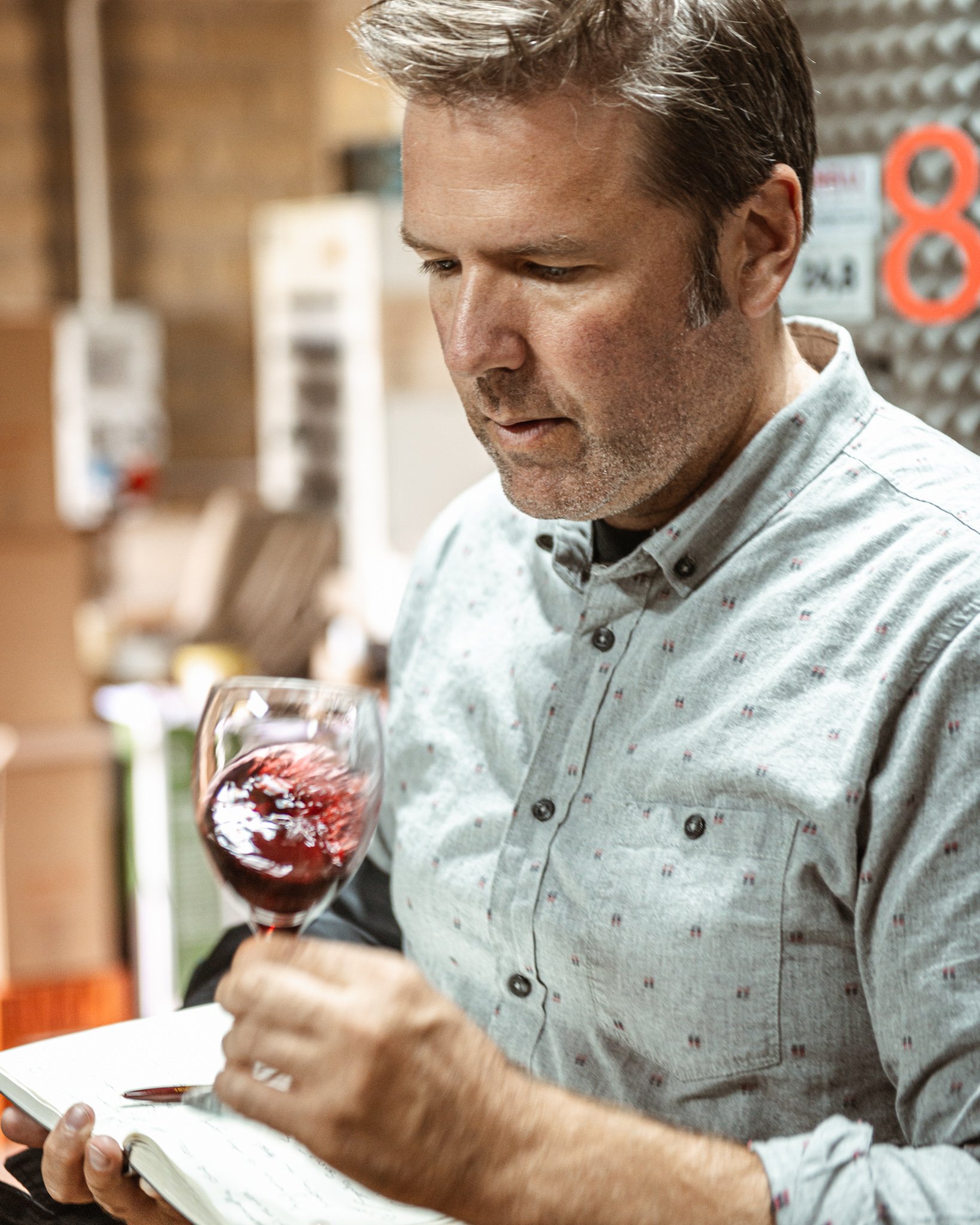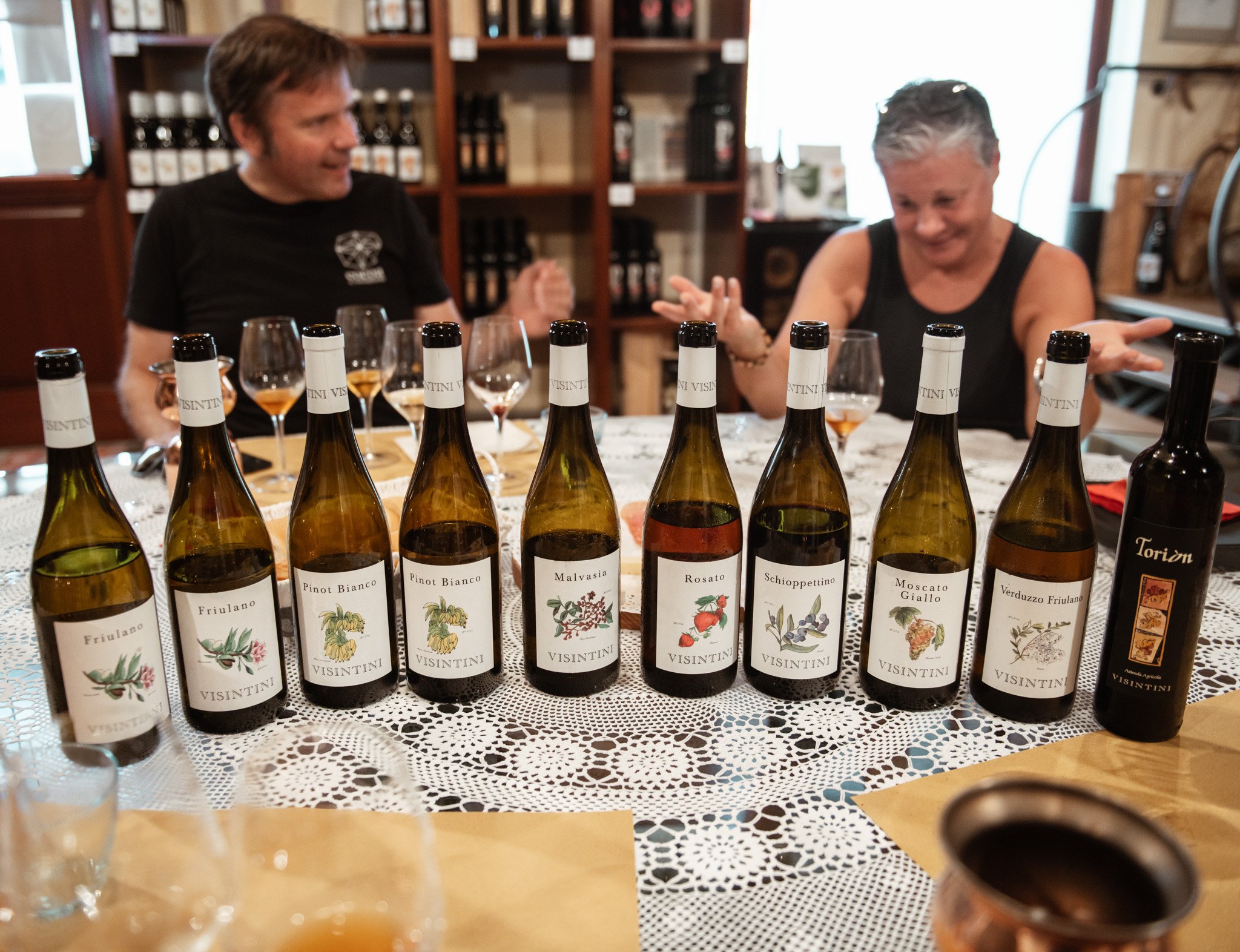Leftovers. Freezer food. Wine I drink with ordinary meals in a not-dry January.
America Today. Covid all over the place, gun-toting crazies steering the ship of state, cream cheese shortages at the Food Lion. But cheer up, and put down the Ecco Domani: our cheapest wines are available to you, for traversing the darkest days of winter.
Reasons for optimism are thin on the ground. You just spent a fortune on aerial silks lessons for your nieces. Your NYE caviar binge will require some creative personal accounting. After 31 days of feasting, the fridge and double-wide garage freezer are still packed with inscrutable leftovers, abandoned food fragments whose original destinations beggar the most vivid of imaginations. What meal did we think this kohlrabi would improve? Why do we have three pounds of block cheddar? Is Pirate Booty a food group? How many jars of kimchi does one family need? Seven. The answer is seven.
If bread butts were currency I’d be a centibillionaire.
(Over the next several weeks we will go on a tour of Jay's fridge, stove and wine glass...stay tuuuuuuuuuuuned PWI friends.)
PART 1. Centorame “Scuderie Ducali” Pecorino d’Abruzzo (750mls & 5L BIBs) w/chicken thighs
I am given a lot of jarred sauces. I age them all for a minimum of one year. Some I wait to open until they are expired, then I simply dump them in the trash and recycle the jar. Others intrigue me. Recently I used a jarred peri peri sauce (my favorite wings flavor: see below) to coat a batch of baked chicken thighs. It was pleasant. The Scuderie Ducali is snappy, bright, full of ripe citrus. It’s made to accompany poultry plus spice. It would probably be good with fish sticks, too, but pull yourself together, this isn’t third grade lunchtime. This Pecorino slakes thirst, makes chicken taste fresh, and makes dinner feel intentional.
PART 2. Carussin “Asinoi” Barbera Piemonte (750ml bottles or 3L BIBs) w/wings
There’s heated debate in my neighborhood about who makes the best wings in town. And I don’t think it’s just because of the NFL. Burgers are bland: wings are America’s food. Should I trademark that? I feel a franchise comin’ on. Sticky/spicy/sometimes sweet meat, eating with your hands, nominally choosing only one part of the animal to consume: it’s who we are. Celery as comic foil, a joke vegetable to be dunked in not-one-but-two creamy, calorie-filled sauces. It’s low food as high art, a pantomime of eating. The little chemical-filled wipes, an anesthetizing and utterly superfluous “hygiene” option provided free of charge (and in tandem with) a stack of napkins the size of a brick, with each order. The napkins and sani-wipes are mandatory: you can’t refuse them. Waffle fries. What amiable, guileless foreigner can wade into such absurdity? Asinoi, of course! Aesthetics aside (the wine is high-toned and lightly spicy, chillable, really a dynamite match for any dry-rub or higher heat wing) the name alone “we are donkeys” merits the pairing. A biodynamic Barbera that doesn’t take itself too seriously. We could all use a little more humility. Eating messy foods with one’s hands is a good place to start.
Part 3. Alla Costiera Terreni Bianchi w/steamed soupy buns.
Alla Costiera Terreni Bianchi w/steamed soupy buns. Can you escape Li Ming/H-Mart/Grand Asia without every iteration of frozen dumpling? I cannot. Bring on the gluten. In particular I like the ones where my ignorance of (we’ll say) Mandarin sets up a fun “what’s in the middle” dinner party game. Will there be a quail egg, or a peanut, or a funky little hunk of sweet hot dog? The soup bun is first among equals, and the hazy, wintry substantiality of Terreni Bianchi, with it’s luminous floral aromatics, make this bargain organic bottle an all-round best bet for frozen/steamed/stuffed pan-asian fare. Alla Costiera’s herbal notes will be more in the foreground if your buns have chives/scallions, and if (praise be) one of those sticky rice triangles wrapped in lotus/banana leaves is unearthed from the deepest reaches of the freezer floor, the Marianas trench of frozen peas and corn, well then you are in for a Michelin-starred pairing. The foie gras and sauternes of the supermarket. The pinnacle of couch dining.
Part 3. Paolo Petrilli “Motta del Lupo” Cacc’e Mmitte di Lucera w/grilled cheese and tomato soup.
Do you make your own tomato soup? I don’t. I make gazpacho in summer, of course, but that’s entirely different. In January I eat leftover pour-and-heat tomato soup from a box, after filling two school-bound thermoses. It’s not an exaggeration to say I can make grilled cheese sandwiches in my sleep. I do it at 6am, several times per week. It’s a wonder this food ever makes it into the backpacks of my girls. One day I’ll slump down at the counter, moments after the last child has departed for state-mandated instruction, pop open a bottle of Paolo Petrilli Motta del Lupo, and fill a bistro glass like it’s 7pm, not 7am. Read the paper, eat a full grilled cheese prepared solely with myself in mind (not just the chopped-off sad crusts of breakfasts past) and imagine myself the protagonist in Donald Barthlome’s short story Chablis, a character either sipping a far-too-late last glass of white wine at the end of a long night, or starting his day with one. Then I’ll go back to bed, and sleep till the dog starts whining at noon.
Paolo’s Sangiovese, Montepulciano, Nero di Troia, and Bombino blend won’t judge your transgressive behavior. January is for surviving. Tasty inexpensive certified organic wines go a long way.
Part 5. Visintini Palmira w/Mississippi tamales
It did occur to me that some readers won’t have ziplock freezer bags full of tamales that family members lugged back from Vicksburg. I suppose those readers will have to eat ordinary tamales. Sad. Or other freezer stalwarts could stand in: frozen egg rolls come to mind, even the dreaded hot pocket (there really is no god.) Palmira is perennially delightful, 100% Merlot, a table wine without a care in the world. I’ve said it before: everyday wine should have character, affordable wine should be made from healthy grapes, and enjoying wine on a daily basis should be economically viable for average Americans.
















